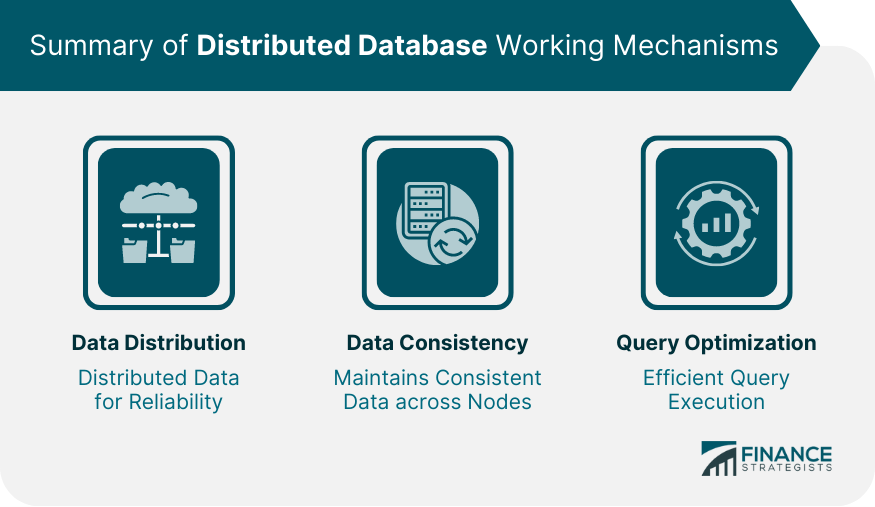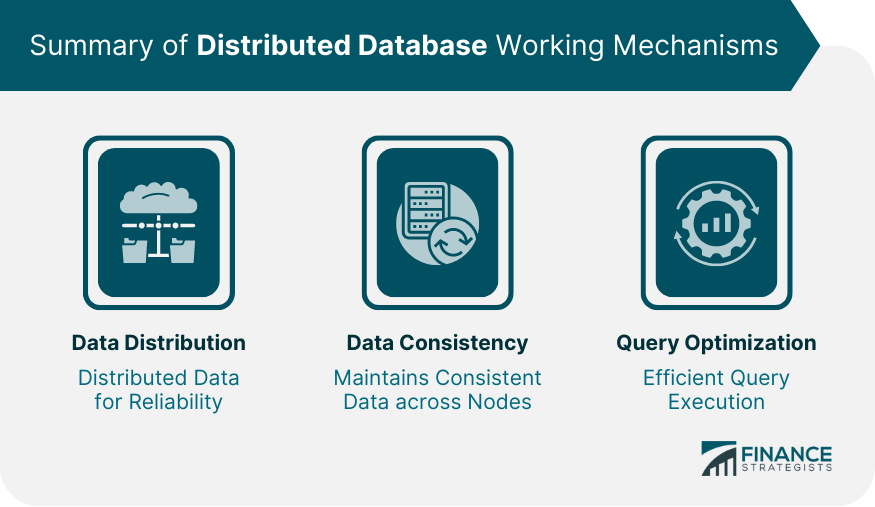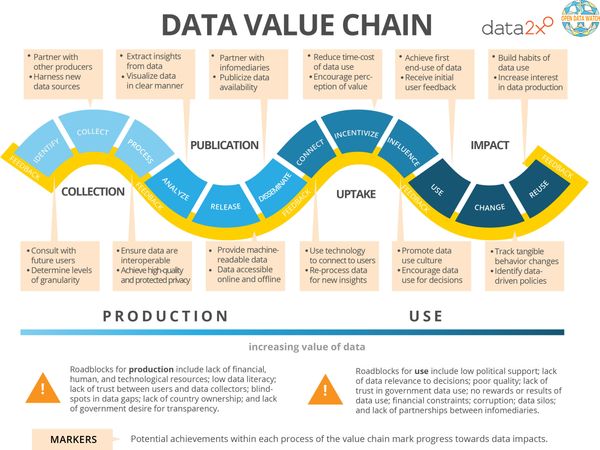Overview
What are database performance issues?
Database performance issues refer to problems that arise when a database system is not functioning optimally. These issues can manifest in various ways, such as slow query execution, high CPU or memory usage, long response times, and frequent system crashes. Poor database performance can have a significant impact on the overall performance and efficiency of an application or system. It can result in decreased productivity, increased downtime, and dissatisfied users. Therefore, it is crucial to identify and resolve database performance issues promptly to ensure smooth and efficient operation.
Importance of troubleshooting database performance issues
The importance of troubleshooting database performance issues cannot be overstated. In today’s fast-paced digital world, businesses rely heavily on efficient data retrieval to drive their operations. When a database experiences performance issues, it can significantly impact the overall efficiency of content retrieval. Slow response times and delays in data retrieval can lead to frustrated users, decreased productivity, and potential revenue loss. Therefore, it is crucial for organizations to prioritize the identification and resolution of database performance issues to ensure optimal content retrieval efficiency.
Common causes of database performance issues
Common causes of database performance issues include inefficient query optimization, lack of indexing, hardware limitations, and inefficient data recovery. Efficient data recovery is a crucial aspect of maintaining database performance. When data recovery processes are not efficient, it can lead to delays and interruptions in accessing and retrieving data. This can result in decreased overall database performance and user experience. To ensure efficient data recovery, it is important to implement reliable backup and restore strategies, regularly test and validate backups, and have a well-defined disaster recovery plan in place. By prioritizing efficient data recovery, organizations can minimize the impact of data loss or corruption on database performance.
Identifying Performance Bottlenecks

Monitoring database performance
Monitoring database performance is crucial for ensuring the smooth operation of a system. By closely monitoring the performance of a database, system administrators can identify and address any issues that may be affecting the overall performance of the system. This includes monitoring various aspects such as query execution time, resource utilization, and response time. Through effective monitoring, system administrators can proactively identify bottlenecks and take necessary steps for system performance optimization.
Analyzing query execution plans
Analyzing query execution plans is a crucial step in troubleshooting database performance issues. By examining the query execution plans, database administrators can gain insights into how the database engine is processing and optimizing the queries. This analysis helps identify potential bottlenecks and inefficiencies in the execution process, allowing for targeted optimizations. One of the key areas to focus on during query plan analysis is data storage. Understanding how the data is stored and accessed can provide valuable information for improving performance. By optimizing data storage strategies, such as indexing and partitioning, database administrators can enhance query execution speed and overall database performance.
Identifying resource-intensive queries
Identifying resource-intensive queries is crucial in troubleshooting database performance issues. By identifying queries that consume a significant amount of resources, such as CPU, memory, or disk I/O, database administrators can pinpoint the root cause of performance problems and take necessary actions to optimize query execution. One of the key factors in identifying resource-intensive queries is the importance of database maintenance. Regularly performing tasks like index optimization, statistics updates, and query tuning can help improve query performance and prevent resource-intensive queries from impacting overall database performance. By highlighting the importance of database maintenance, database administrators can proactively address performance issues and ensure smooth operation of the database.
Optimizing Database Configuration

Tuning database parameters
Tuning database parameters is a crucial step in optimizing database performance. By adjusting various settings and configurations, you can address common database performance issues. Database performance issues can arise due to factors such as inefficient query execution, inadequate memory allocation, or suboptimal indexing. To ensure optimal performance, it is important to regularly review and fine-tune database parameters. By doing so, you can improve response times, reduce resource consumption, and enhance overall system efficiency.
Optimizing storage and indexing
To optimize storage and indexing in enterprise databases, several strategies can be implemented. One important aspect is to ensure efficient data organization and storage. This can be achieved by using appropriate data structures and indexing techniques. Additionally, regular monitoring and maintenance of the database can help identify and resolve any performance issues related to storage and indexing. Another key factor is to consider the specific requirements of the database workload and design the storage and indexing accordingly. By implementing these strategies, organizations can improve the overall performance and efficiency of their databases.
Managing database statistics
Managing database statistics involves monitoring and optimizing the various statistics that are collected by the database. These statistics provide valuable insights into the performance of the database and help identify areas for improvement. By regularly analyzing and fine-tuning the database statistics, administrators can ensure that the database is running efficiently and that any performance issues are promptly addressed. Key aspects of managing database statistics include collecting accurate and up-to-date statistics, analyzing the statistics to identify trends and patterns, and making informed decisions based on the insights gained. Additionally, it is important to regularly review and adjust the statistics collection settings to ensure they align with the specific needs and workload of the database.
Improving Query Performance

Rewriting inefficient queries
One common cause of poor database performance is inefficient queries. When queries are not optimized, they can take longer to execute and consume more resources. Rewriting inefficient queries is a key step in troubleshooting database performance issues. By identifying and modifying queries that are causing bottlenecks, you can improve overall performance and ensure that your database operates efficiently. Some important keywords in this paragraph are: inefficient queries, optimized, execute, resources, rewriting, troubleshooting, bottlenecks, improve performance, efficient database.
Using appropriate indexing strategies
Using appropriate indexing strategies is crucial for optimizing database performance. One of the key areas to focus on is data retrieval. By implementing the right indexing strategies, you can significantly improve the speed and efficiency of retrieving data from the database. This involves identifying the frequently accessed columns and creating indexes on them. Additionally, considering the cardinality of the columns can help in selecting the appropriate index type, such as B-tree or hash indexes. Proper indexing can minimize the need for full table scans and reduce the overall query execution time. Therefore, it is essential to understand the data retrieval patterns and apply the appropriate indexing strategies to enhance database performance.
Optimizing joins and subqueries
Optimizing joins and subqueries is crucial for improving database performance. One important aspect to consider is the types of databases used. Different databases have different ways of handling joins and subqueries, and understanding these differences can greatly impact performance. For example, relational databases like MySQL and PostgreSQL typically use indexes to optimize joins, while NoSQL databases like MongoDB and Cassandra use denormalization and aggregation pipelines. By understanding the characteristics of the database being used, developers can make informed decisions on how to optimize joins and subqueries for better performance.
Managing Database Workload

Load balancing and scaling
Load balancing and scaling are crucial aspects of managing database performance. In order to handle increasing traffic and data load, it is important to distribute the workload across multiple servers. Load balancing ensures that each server receives an equal share of the incoming requests, preventing any single server from becoming overwhelmed. Scaling, on the other hand, involves adding more servers to the system as the demand grows. This allows for better performance and improved response times. When it comes to database performance, understanding the different database join types is essential. Join types such as inner join, outer join, and cross join play a vital role in combining data from multiple tables. Each join type has its own characteristics and usage scenarios, and having a good understanding of them can help optimize query performance. By implementing effective load balancing and scaling strategies and utilizing the appropriate database join types, organizations can ensure smooth and efficient database performance.
Implementing caching mechanisms
Implementing caching mechanisms can greatly improve database performance. By storing frequently accessed data in memory, caching reduces the need for expensive database queries, resulting in faster response times and improved overall system performance. Caching can be implemented at various levels, such as query result caching, object caching, or full-page caching. It is important to carefully choose the caching mechanisms based on the specific requirements of the application and the nature of the data being stored. Additionally, regular monitoring and tuning of the caching system is necessary to ensure optimal performance.
Prioritizing critical queries
After prioritizing critical queries, the next step in troubleshooting database performance issues is to analyze MySQL data visualization examples. By visualizing the data, it becomes easier to identify patterns, trends, and anomalies that may be affecting performance. This can help in pinpointing specific queries or database operations that are causing bottlenecks. Furthermore, data visualization also allows for better communication and understanding of the performance issues among team members. With the help of interactive charts and graphs, it becomes possible to explore the data in a more intuitive way, making it easier to identify and address performance issues.
Conclusion

Importance of proactive database performance troubleshooting
Proactive database performance troubleshooting is crucial for ensuring the smooth and efficient operation of any database system. By identifying and addressing performance issues before they become major problems, organizations can minimize downtime, improve user experience, and optimize resource utilization. Implementing effective database performance strategies is key to achieving these goals. These strategies involve monitoring key performance indicators, analyzing query execution plans, optimizing database schema and indexes, and tuning system parameters. By proactively addressing potential bottlenecks and inefficiencies, organizations can maintain high availability, scalability, and reliability of their database systems.
Continuous monitoring and optimization
Continuous monitoring and optimization are crucial for maintaining optimal database performance. By regularly monitoring the performance metrics of your database, you can identify any potential issues or bottlenecks that may be impacting its efficiency. This allows you to proactively address these issues and make necessary optimizations to enhance the overall performance. Additionally, continuous monitoring enables you to track the impact of any changes or updates made to the database, ensuring that they do not negatively affect its performance. By implementing a robust monitoring and optimization strategy, you can ensure that your database operates at its best, delivering fast and reliable performance for your applications and users.
Benefits of resolving database performance issues
Resolving database performance issues has several benefits. First and foremost, it improves the overall efficiency and speed of the database system. By identifying and addressing performance bottlenecks, organizations can ensure that their databases are capable of handling large amounts of data and processing queries in a timely manner. Additionally, resolving performance issues can enhance the user experience by reducing response times and minimizing downtime. This, in turn, leads to increased customer satisfaction and loyalty. Moreover, resolving database performance issues can have a positive impact on the organization’s bottom line. A well-performing database allows businesses to operate more smoothly, enabling faster decision-making and improving productivity. In summary, resolving database performance issues is crucial for optimizing system performance, enhancing user experience, and driving business success.
In conclusion, OptimizDBA Database Optimization Consulting is the trusted industry leader in remote DBA services. With over 500 clients and a track record of delivering transaction speeds that are at least twice as fast as before, we guarantee a significant increase in performance. Our average speeds are often 100 times, 1000 times, or even higher! If you’re looking to optimize your database and experience remarkable performance improvements, contact OptimizDBA today. Visit our website to learn more about our services and how we can help you achieve optimal database performance.







